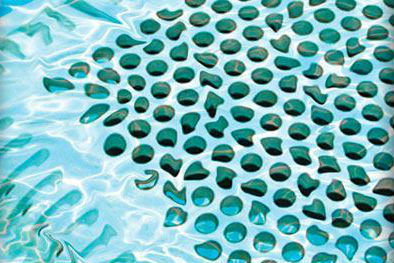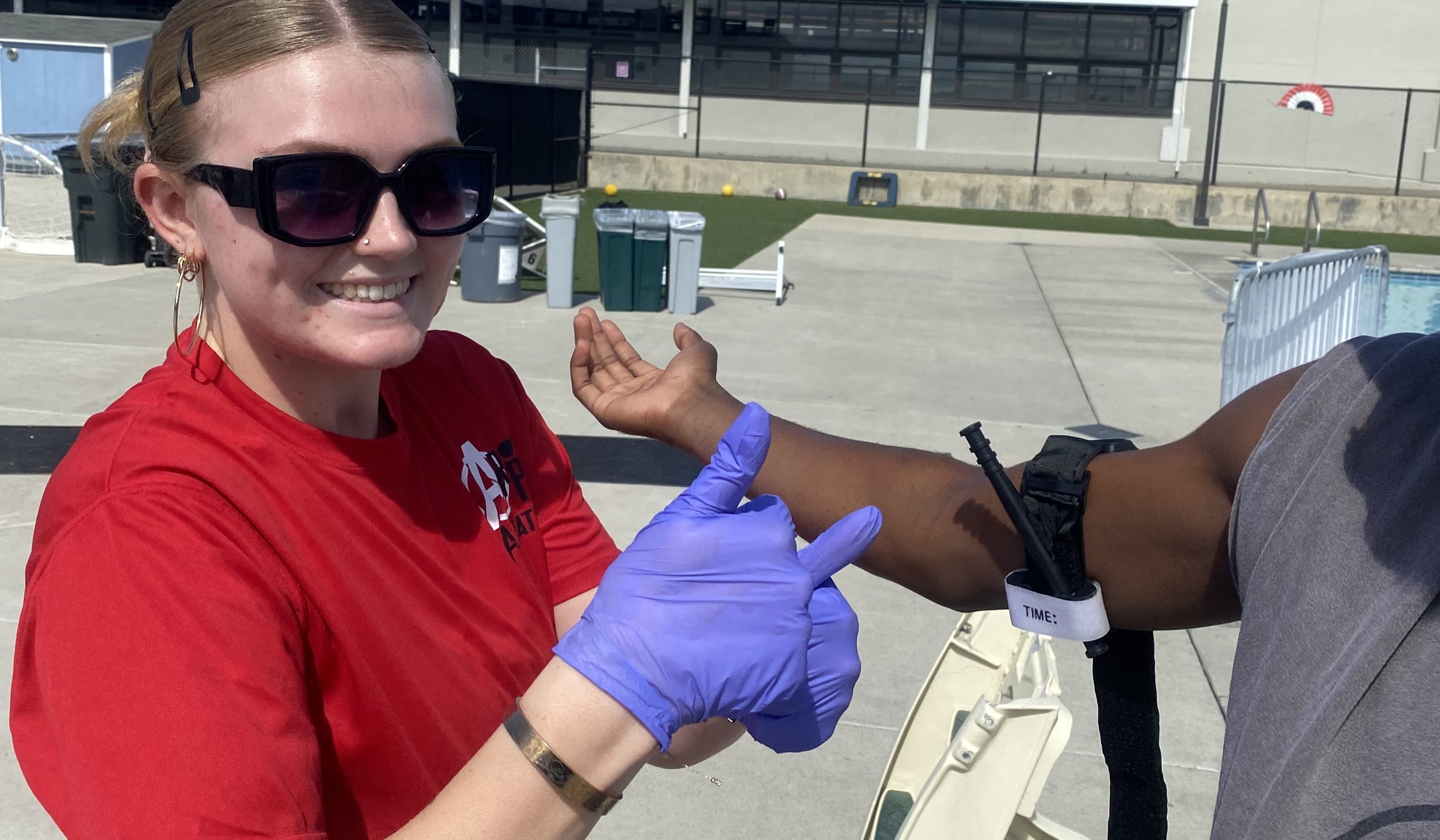It’s been a while coming, but the standard that all drain covers must meet in the U.S. has been updated and will be released for public comment shortly.
With this new version, the writers seek to more specifically outline testing procedures for consistency from lab to lab. New language also includes more detailed installation instructions that take a whole-system approach, and address issues about drain-cover expiration dates, which have caused some confusion.
“What we’re trying to address in the instructions and specifications is [the fact that] these things look simple, but they have to be installed correctly to achieve the safety goals,” said Steve Barnes, head of the APSP Technical Committee, which oversees all standards writing committees.
At press time, the reboot was expected to be released for public comment in December or January, after which proposed changes will be incorporated or rejected, and the revised version placed before another committee for final approval.
This is the first update of “APSP-16, Suction-Outlet Fitting Assemblies for Use in Pools, Spas, and Hot Tubs” since 2011.
Compliance with the standard is required to meet the federal Virginia Graeme Baker Pool and Spa Safety Act. The law names the Consumer Product Safety Commission as its facilitator and enforcer. Considering this role, the agency took a more hands-on approach to the rewrite: Not only did it have representation on the standard-writing committee, but it also performed some of its own lab testing to assess the instructions. CPSC also has the authority to decide which standard will be used as a benchmark for determining compliance with the federal law, so APSP’s writing committee sought to work with the agency at each step to help reduce snags, said Barnes, also director of science and compliance with San Diego-based AquaStar Pool Products.
In the years since the Pool and Spa Safety Act mandated the mass replacement of commercial drain covers, some confusion has surrounded expiration dates. Drain covers must be swapped out after a service life stipulated by the manufacturer, out of concern that the materials may degrade from ultraviolet light exposure, which can lead to breakage of the grate surface or deterioration of the screw holes that can cause the covers to loosen.
Most lifespans range from 3 to 7 years, but many have wondered exactly when this window begins: Is it after the product is made, sold or installed — or even after the pool is filled? If the current language passes, the life of these products will begin immediately after installation. “It’s based on the month and year of installation, with or without water, because it’s the ultraviolet light exposure we’re concerned about,” Barnes said.
The new language states manufacturers must provide specific labeling to address service life. One such label would have to be posted on site by installers, who must note the month and year of installation and needed replacement.
This rewrite makes it clear that a pool or spa falls out of compliance with the Pool and Spa Safety Act if it has an expired drain cover, making it easier for CPSC to enforce the law.
Drain cover installers also will find more thorough instructions, particularly when it comes to insuring that a product is compatible with the system’s flow rate and sump configuration. The update contains more explicit instructions how to calculate the system flow rate to see if it falls within the correct parameters.
Instructions for third-party testing and certification of the products also are more detailed in hopes that tests would be consistently performed from lab to lab. For instance, sumps will need to be tested with all possible plumbing configuration scenarios, in terms of size and number of pipes that connect with the sump, as well as where they connect. Manufacturers also would be required to provide more explicit instructions as to how sumps can be sized and configured for compatibility with the drain cover.
The standard writers hope to make it more difficult for installers to indiscriminately place any drain cover, particularly over an existing system. “Because of hair primarily, how it tangles and other factors, we have to know that cover is compatible with the installation,” Barnes said.



